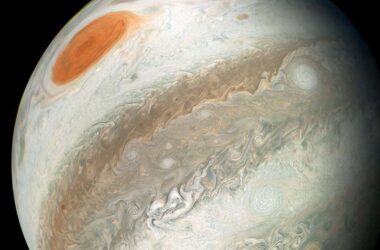When we look up at the night sky, it appears serene with only the moon and a few planets visible to the naked eye. However, if we were to view it through a telescope capable of scanning the entire sky in a matter of days, we would see a vibrant cosmic fireworks display. This stunning spectacle consists of various astrophysical phenomena known as transients, which emit bursts of radiation across the electromagnetic spectrum, from radio waves to gamma rays.
Astronomers are excited about studying these transients as they offer insights into the most extreme conditions and the evolution of the universe. The Vera C. Rubin Observatory in Chile is expected to play a crucial role in this research, as it is anticipated to detect 10 million transients every night once it becomes operational next year.
However, understanding transients can be challenging, even for trained observers. Similar-looking outbursts can have different origins, and vice versa, making it difficult to distinguish between them. This complexity adds to the difficulty of deciphering these mesmerizing cosmic events.
In this article, we will provide a concise introduction to transients while exploring their causes, consequences, and the ways in which they challenge our current understanding of the universe’s physics.
Stellar Flares
A burst of electromagnetic energy from a living star
Let’s start with a relatively straightforward transient event – stellar flares. These are explosive eruptions that occur in a star’s atmosphere, resulting in a sudden and intense release of radiation across the electromagnetic spectrum. For example, when our own sun experiences a flare, we observe a momentary increase in brightness followed by a rapid decrease.
Stellar flares can provide valuable information about the processes occurring within stars and help scientists comprehend how stars evolve over time. By studying these energetic outbursts, astronomers can gain insights into the magnetic fields, the dynamics of stellar atmospheres, and the mechanisms behind the release of such immense energy.
Understanding the nature of stellar flares is crucial not only for comprehending the behavior of our own sun but also for better understanding other stars in the universe. These dazzling displays of electromagnetic energy shed light on the dynamic and ever-changing nature of our cosmic neighborhood.








